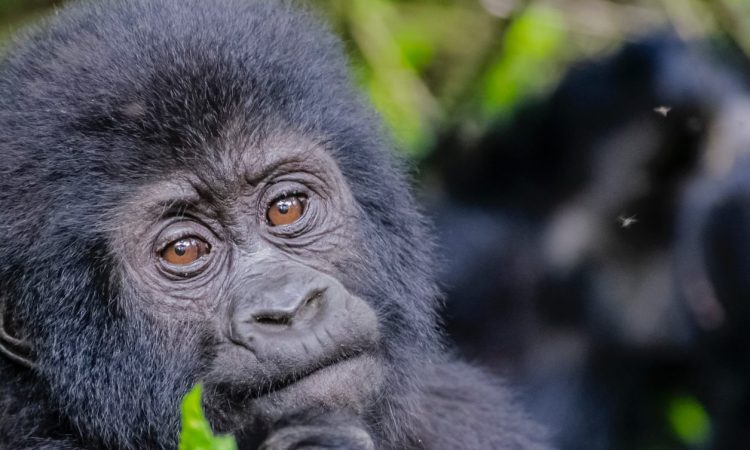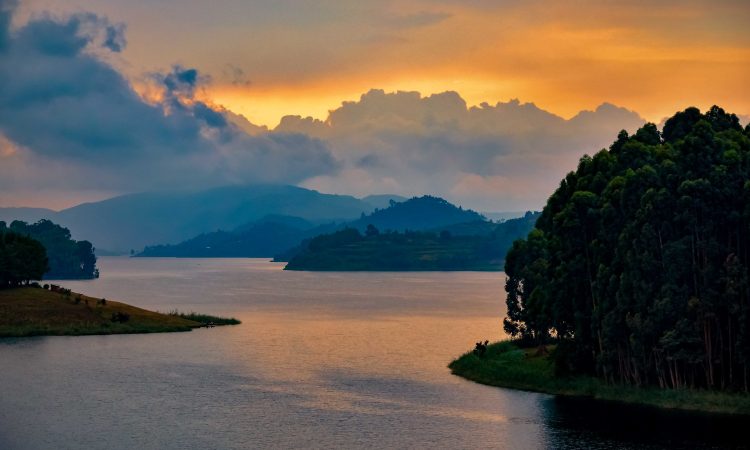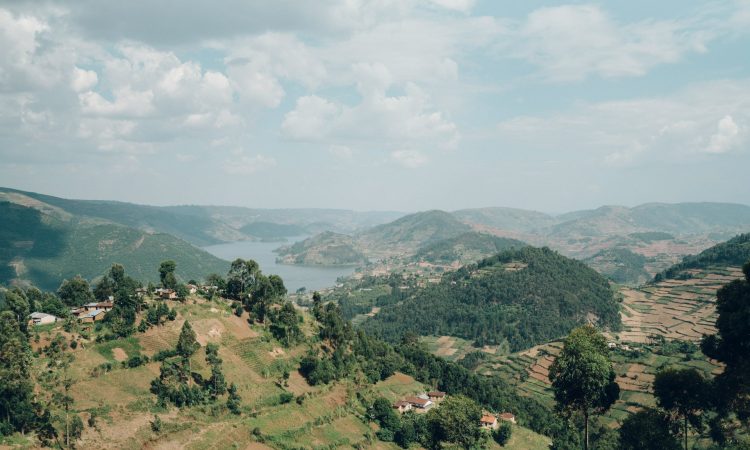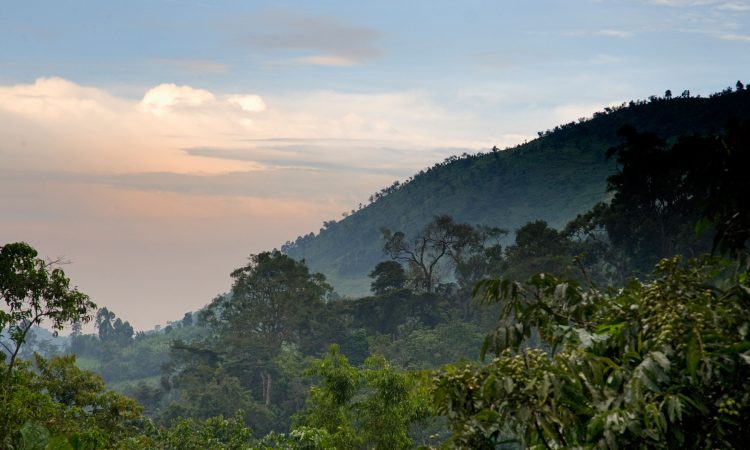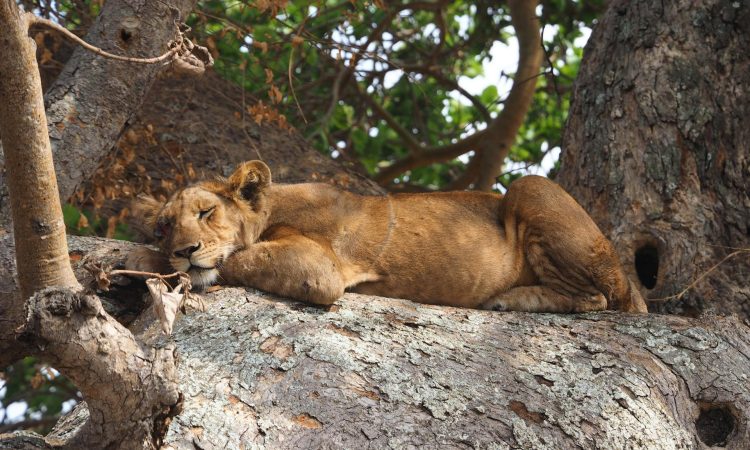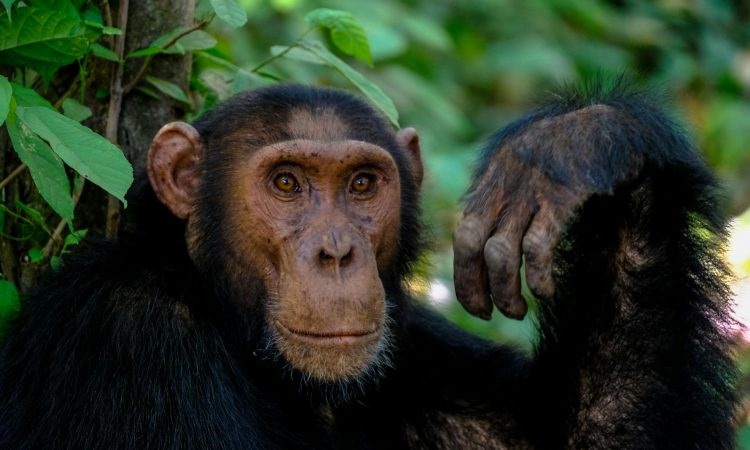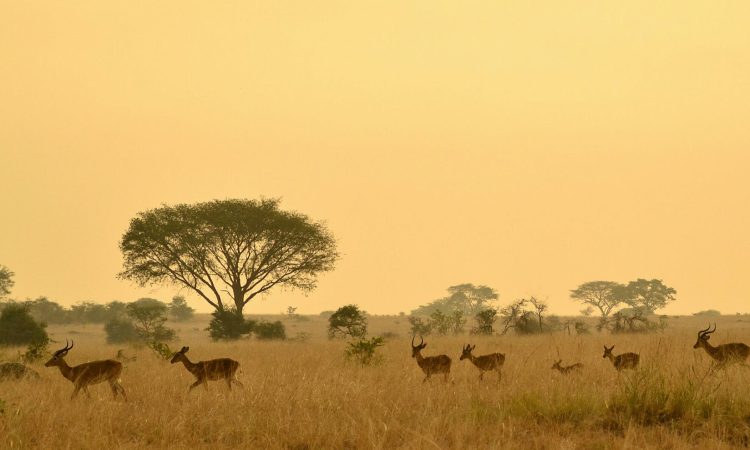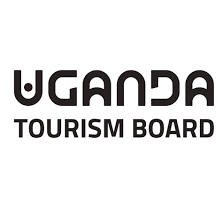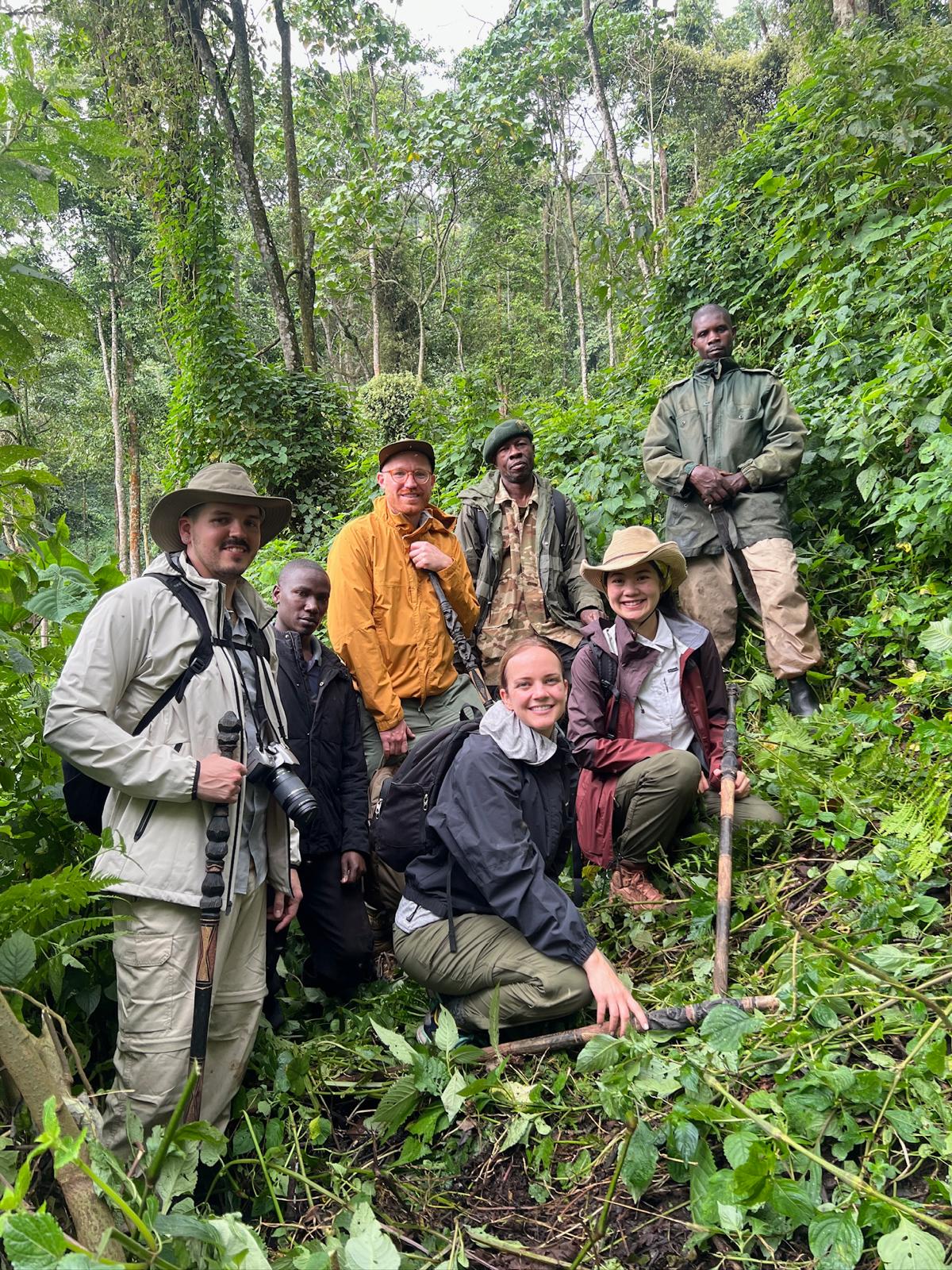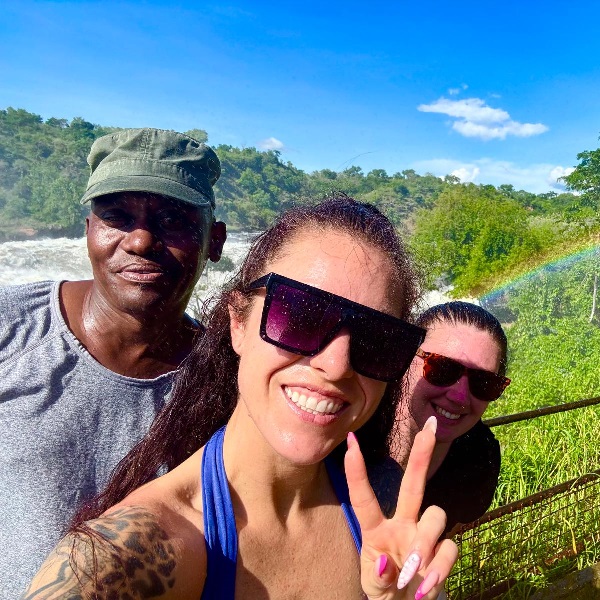Exploring Congo’s National Parks – Congo boasts a significant number of national parks. The Democratic Republic of Congo (D.R. Congo), located in the heart of Africa, is the continent’s second largest country.
Like many Sub-Saharan African nations, Congo is blessed with abundant wildlife, lush vegetation, rich traditional cultures, towering volcanoes, and endangered primates that are rare elsewhere in Africa and the world. This article provides a comprehensive list of Congo’s national parks.
A trip to Congo offers a unique opportunity to encounter both mountain and lowland gorillas in their natural habitats, alongside a cultural immersion with the ancient forest pygmies who maintain their traditional way of life.
Visitors can also observe bonobos and okapi, two rare species found exclusively in this region, and explore various volcanic summits.
The eastern province of Congo stands out as particularly peaceful and diverse, boasting many of the country’s iconic tourism destinations.
These include two national parks, six mountain ranges, vibrant cultures, lush vegetation, beautiful scenery, and two highly treasured and endangered primate species: lowland and mountain gorillas.
Despite periodic political conflicts, the Democratic Republic of Congo offers more than just mountain gorillas.
Highlights include Nyiragongo Mountain, Idjwi Island in Lake Kivu, and an exceptional safari experience to Kahuzi-Biega National Park.
Kahuzi-Biega National Park
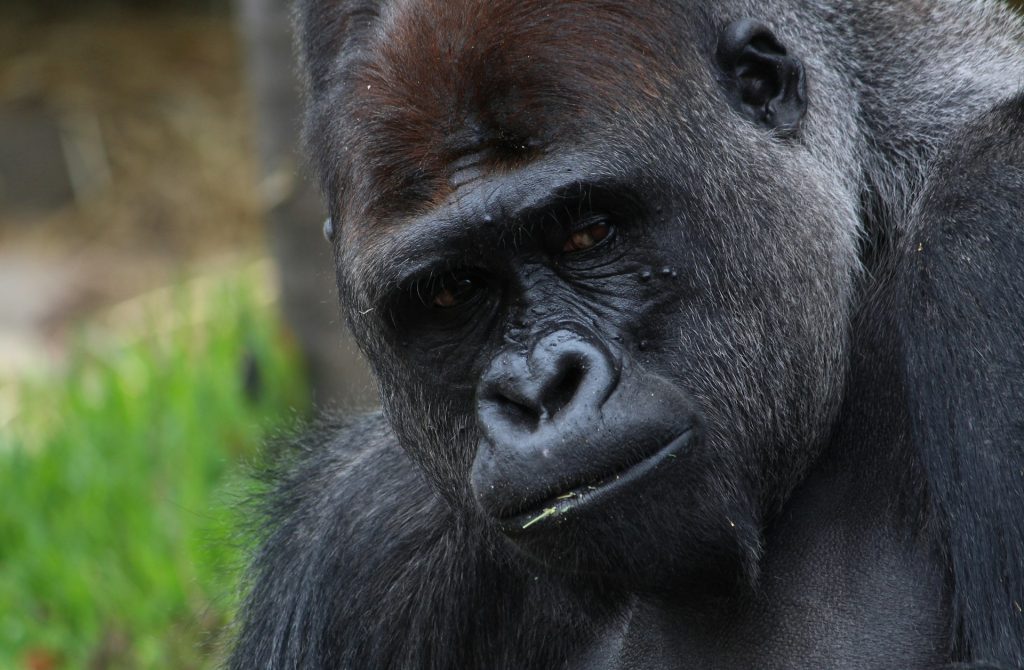
Kahuzi-Biega National Park, a UNESCO World Heritage site located in eastern DR Congo, remains relatively unexplored yet offers unique adventures in a serene environment.
Covering approximately 6,000 square kilometers, Kahuzi-Biega National Park was established in 1970 and features diverse vegetation such as marshlands, swamps, bogs, and tropical rainforests, providing visitors with a rich experience amidst its natural beauty.
Activities at Kahuzi-Biega National Park include lowland gorilla trekking, birdwatching, hiking Mount Kahuzi, and community tours in nearby Bukavu.
Virunga National Park

Virunga National Park, situated in eastern DR Congo near the borders with Uganda and Rwanda along Lake Kivu’s northern shores, is Africa’s oldest national park, established in 1922. It is also the continent’s largest conservation area, covering 7,800 square kilometers.
Virunga National Park was designated a UNESCO World Heritage site in 1979, though it was later placed on the endangered list due to political conflicts and poaching in 1994.
Named after the Virunga mountain range, which consists of eight volcanic mountains in the park’s southern section, Virunga National Park encompasses diverse habitats ranging from swamps and steppes to snowfields on Rwenzori peaks, as well as Savannah and lava plains on Nyiragongo Volcano slopes.
The park is renowned for its endangered mountain gorillas and hosts a variety of other wildlife, including forest elephants, chimpanzees, okapi, lions, blue monkeys, black and white colobus monkeys, among others.
Salonga National Park

Covering approximately 36,000 square kilometers, Salonga National Park is Africa’s largest tropical forest national park, situated within the Congo River basin.
The park is home to a diverse array of flora and fauna, including the endangered bonobos, Salonga monkey, African slender-snouted crocodile, African golden cat, long-tailed pangolin, Congo peafowl, leopards, Angolan slender mongoose, okapi, and numerous African forest elephants.
Salonga National Park’s vast vegetation includes lush rainforests, wetlands, grasslands, and woodlands, making it a paradise for birdwatchers.
Garamba National Park

Garamba National Park, known for its extensive savannah grasslands, woodlands, and forests along riverbanks, is a large protected area covering approximately 4,920 square kilometers.
It provides sanctuary to the “big four” mammals: endemic subspecies of Congolese giraffes, the last remaining populations of northern white rhinos, hippos, mixed populations of forest elephants, and buffaloes.
Other wildlife in the park includes endangered chimpanzees, diurnal primates, savannah lions, spotted hyenas, bongo, forest hogs, various antelope species, and more.
Lomami National Park
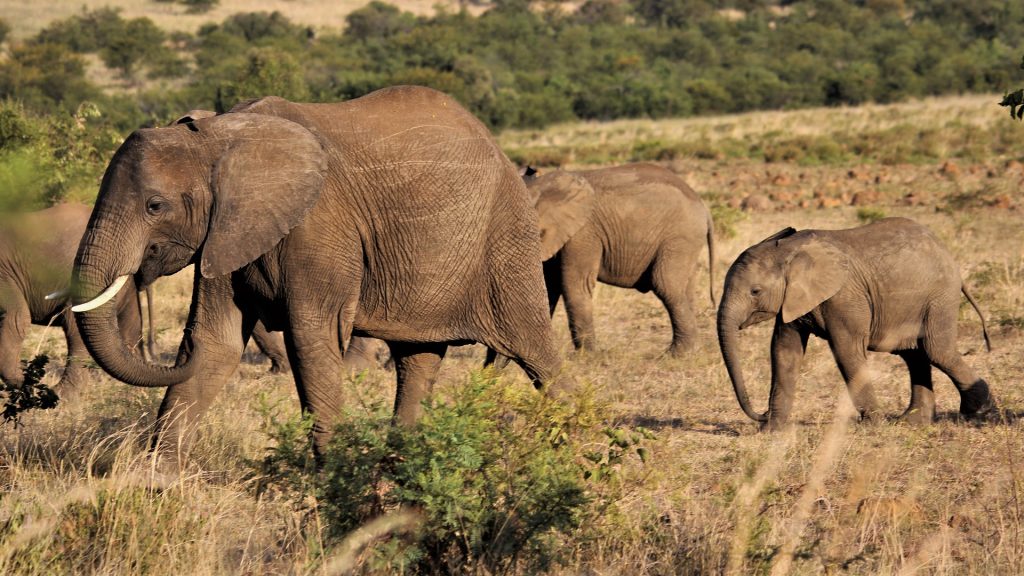
Also known as Parc National de la Lomami, Lomami National Park is located in the middle basin of the Lomami River, spanning Tshopo and Maniema provinces.
Established in 1992 and formally gazetted in 2016, the park covers 8,879 square kilometers and features tropical lowland rainforests, savannah in the south, and hills in the west.
Lomami National Park is home to unique species such as okapi, bonobo, Congo peafowl, lesula (a newly discovered primate species), rare Salonga monkeys, and numerous African forest elephants in its northern section.
Upemba National Park

Upemba National Park, located in southeast DR Congo in Haut-Lomami and Lualaba provinces (formerly Katanga province), is a vast national park covering 1.75 million hectares.
Established in 1939, it is known for its diverse habitat supporting approximately 1,800 species, including forest elephants, buffaloes, endemic Katanga impala, cheetahs, zebras, leopards, and lions, among others.
Kundelungu National Park
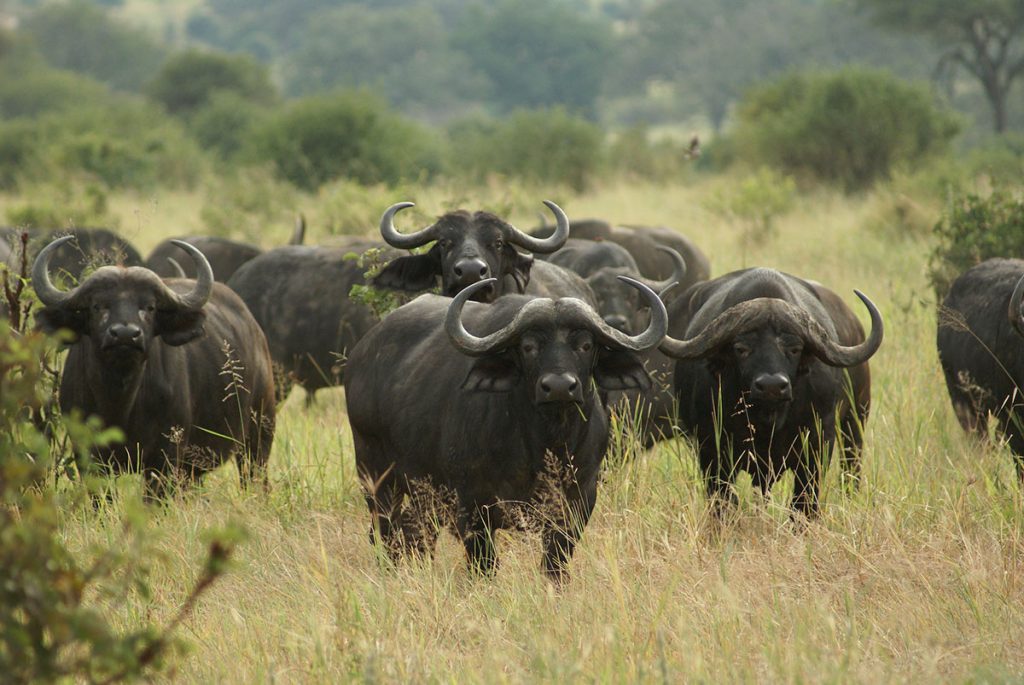
Adjacent to Upemba National Park in southeastern Katanga province, Kundelungu National Park spans 7,600 square kilometers and was originally a private hunting ground.
It was later upgraded to an important protected area for wildlife conservation, following the suspension of hunting activities. Kundelungu National Park features Savannah grasslands, highlighted by the impressive Lofoi Falls and a diverse ecosystem that supports notable wildlife such as antelopes, monkeys, buffaloes, hippopotamuses, jackals, warthogs, porcupines, snakes, crocodiles, leopards, cheetahs, lions, and zebras.
Maiko National Park
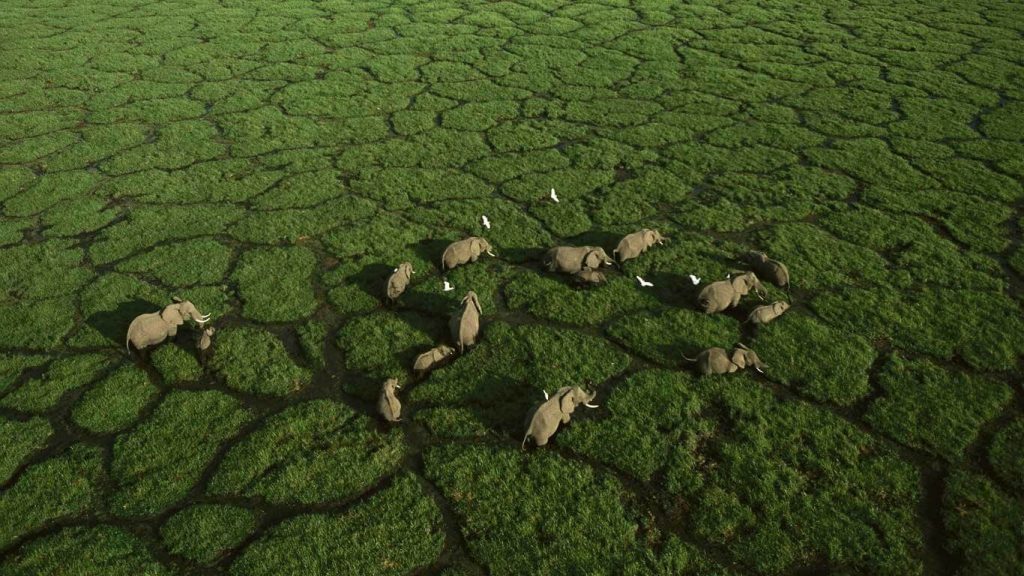
Formerly known as Bakumu Hunting Reserve and established in 1949, Maiko National Park covers a vast area of 10,885 square kilometers, situated within one of DR Congo’s most remote forest regions.
The park is significant for the conservation of three of DR Congo’s endemic species: Grauer’s gorillas, okapis, and Congo peafowl.
It also plays a crucial role in protecting the eastern chimpanzee and African forest elephant populations, along with endemic aquatic genets.
Mangroves National Park
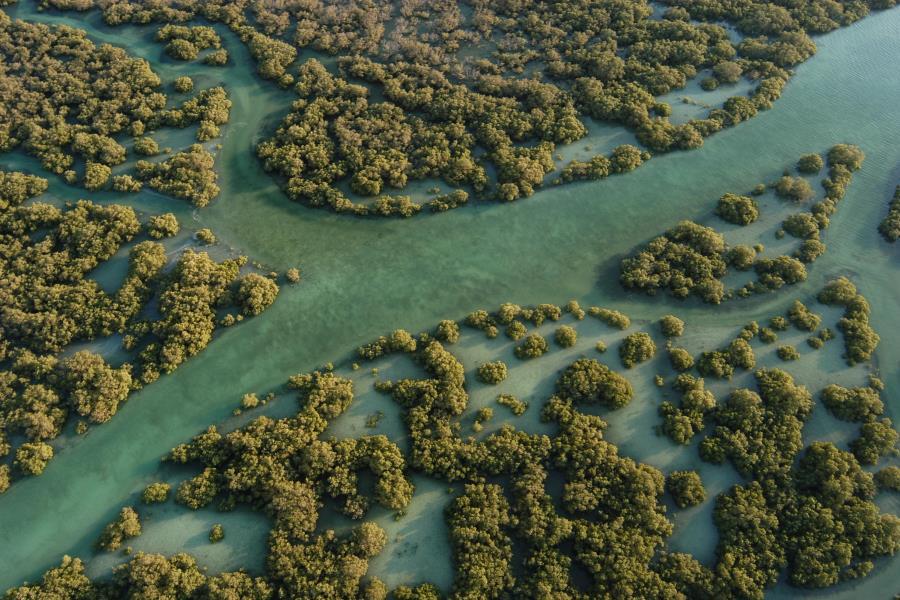
Also known as Muanda Marine Reserve, Mangroves National Park is DR Congo’s sole marine park and a Ramsar wetland, renowned for its mangrove forests.
Despite being the country’s smallest national park at 768 square kilometers, Mangroves National Park is home to endangered manatees.
Situated at the mouth of the Congo River, the park supports diverse wildlife including hippos, crocodiles, Southern reedbuck, and bushbuck, occasionally sighted in the area.


